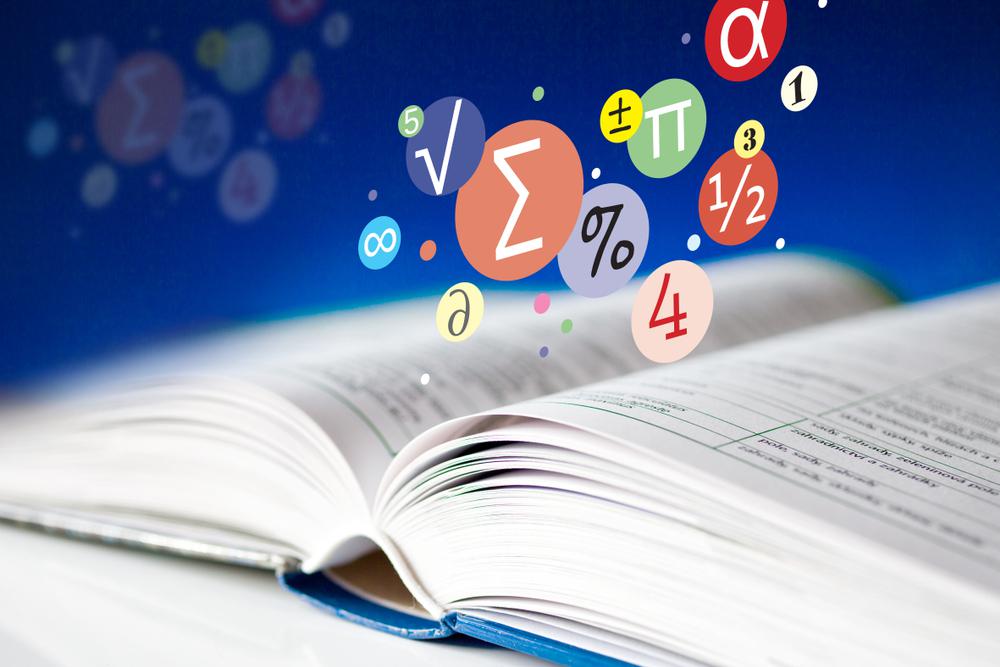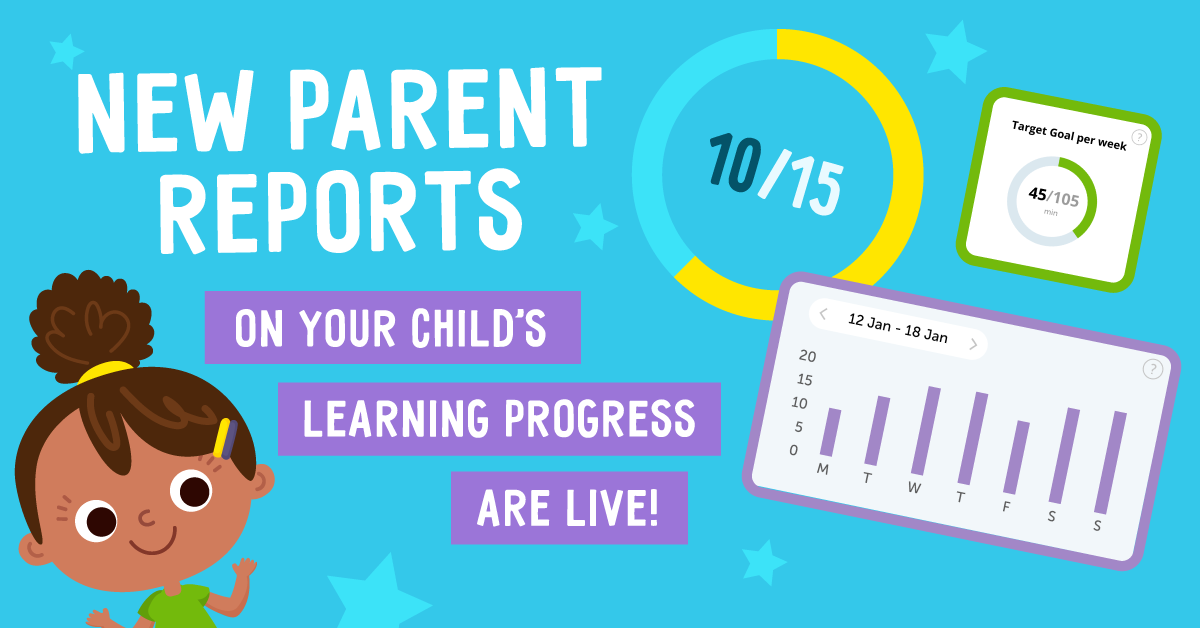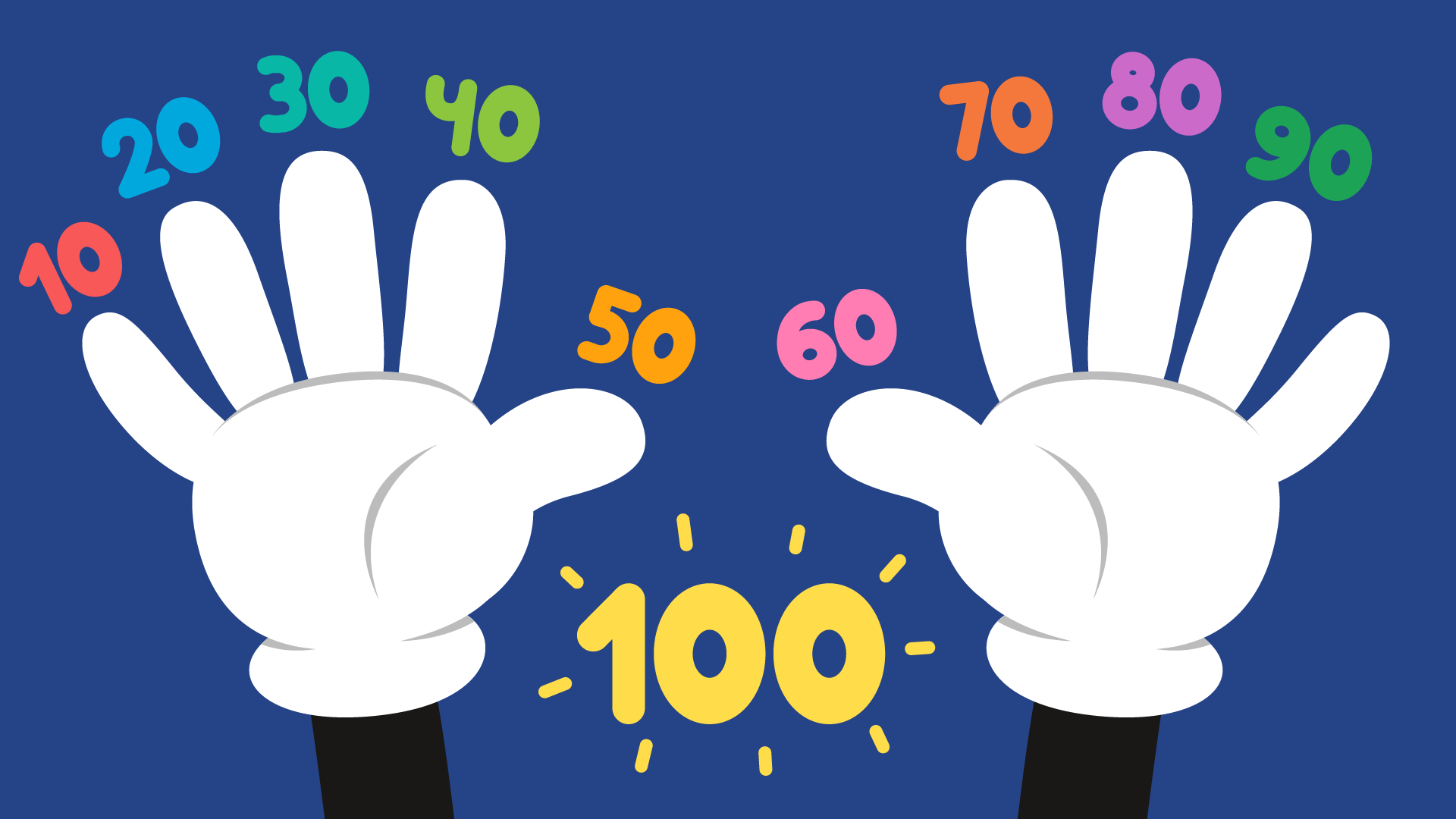Mnemonic Strategies to Improve Memory and Learning Retention in Children
April 20, 2021
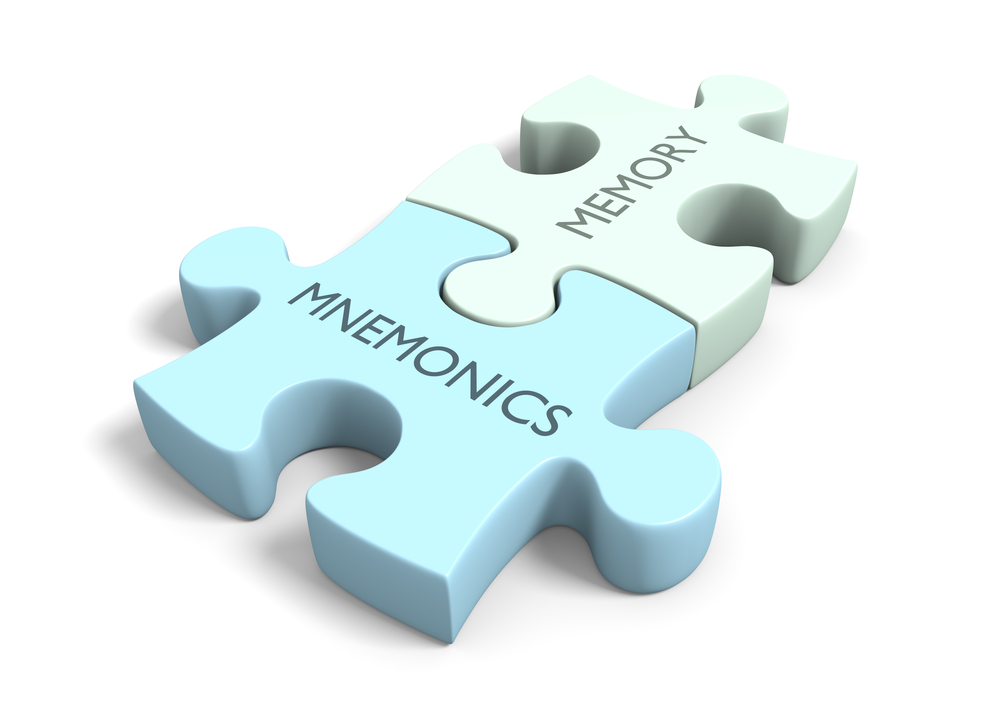
When thinking about everything that children have to learn over their thirteen years in schooling, it can be overwhelming to realize the sheer amount of information they must take in and retain just to graduate high school! For young kids, the task of learning can be especially daunting as they are forming a foundation on which to build all future learning, absorbing an exhausting number of facts and skills in everything from math to spelling!
One strategy to help little learners absorb and retain information is through mnemonic memory training. Think back to elementary school: do you remember any rhymes or jingles that helped you to learn? Many of today’s parents might fondly recall the famous song, “Conjunction Junction” featured in Schoolhouse Rock. This song is just one example of a mnemonic device that was used to help kids learn grammar.
To get a better idea of how to use mnemonics for memory improvement, join us as we discuss exactly what it is, how it helps, and the various techniques that can be employed to help children learn and thrive at school.
Mnemonic Memory Definition: What Is It and What are the Benefits?
Simply put, using mnemonics help us to make connections from something we want to remember, to something we already know well. Mnemonic devices are tricks that students can use to recall newly learned facts or information. Mnemonic strategies use auditory, verbal, or acoustic cues to help us retain information, as we rely on previously learned information to recall the newly absorbed facts.
The benefits to children who use mnemonic devices are quite simple: they can then quickly and more readily recall facts and information that may have otherwise taken them longer to learn. According to a 2017 study, kids who use mnemonic techniques “remember 2 to 3 times more factual information”, and students enjoy using them, too! Yet another benefit is that mnemonic strategies are versatile and can be utilized in a number of subjects across the curriculum, helping them memorize math facts, as well as grammar rules, and more!
Lastly, there are many different types of mnemonic strategies that can be used to fit the subject and context. Depending on what your child enjoys or is likely to remember the most, find a technique that can serve as the best fit.
Mnemonic Techniques to Improve Memory
At this point, you might be curious about the different types of mnemonic devices, and how they can be used for specific subjects and/or topics. Let’s take a look at the following mnemonic strategies to see how they might help your child:
Chunking numbers for better memory
Think about the numbers most adults remember the easiest. These probably include addresses, phone numbers and social security numbers. As humans, our capability to remember strings of numbers is notoriously weak, but what makes those listed above so easy for us to memorize? The answer is that they are grouped into small, reasonable chunks.
Psychologists have long recognized that adults struggle to remember groups of numbers, but it becomes much easier when they are chunked into groups of twos, threes, or fours. What makes phone numbers so easy to remember is that each section, including the area code, is separated by hyphens. Instead of memorizing one large group of 10 numbers, we memorize the three numbers of an area code, another three numbers which is known as the central office code, followed by the remaining four digits. Likewise, social security numbers all consist of three numbers, a hyphen, two digits, a hyphen, and four remaining numbers.
So, what does this mean for your child’s learning? Use this method to teach your little learner to remember long strings of numbers. Over the course of a lifetime, kids need to memorize many numbers, from their account numbers, to student ID numbers, to formulas for math class. Utilize this chunking strategy with other subjects, too, besides just with numbers. Children can chunk facts together to improve memory in other subject areas, as well!
Remembering concepts through song
Earlier, we mentioned the famous song, “Conjunction Junction”, which was a jingle featured on Schoolhouse Rock that many parents who were children themselves in the 70’s, 80’s, and 90’s likely remember. This tune is special because it taught generations of little learners the purpose and function of conjunctions in grammar, while offering kids a catchy jingle to sing. Music is such an effective teaching tool because we remember more when we connect the concepts to music. Children generally have an easy time remembering the words to music lyrics, which makes learning through songs a wonderful option for teaching things like math facts, grammar rules, or even about states and cities in social studies class!
Turning concepts into songs isn’t only helpful, it’s also fun, making it all the more memorable! To use this mnemonic technique, check out our fun number song that helps kids memorize counting to 1000:
Memorize acronyms
In our adult lives, we use acronyms quite a bit, since many professional organizations are named using acronyms in which each letter represents a word that makes up its name. Acronyms are also especially helpful for memorizing facts in school. If we can create a catchy name in which each letter represents a fact, children are well on their way to memorizing the concept.
For instance, one commonly used acronym by language arts teachers includes: “FANBOYS”. Each of these letters represent a coordinating conjunction in grammar. The letter “F” stands for the word “for”, while “A” stands for “and”, and so on. In practice, when students write and want to connect two clauses together with a comma, all they need to do is insert a FANBOY. So long as kids can remember the acronym, they can easily recall which words to choose from to use as coordinating conjunctions.
Acronyms can be a helpful strategy in a variety of classes and subjects, from ELA to science! Contact your child’s teachers to know if any acronyms were used in class or find some on your own to help your child in any subject or topic he/she finds challenging!
Make a rhyme
When learning spelling rules, many of us remember the saying, “I before E, except after C!”. This is an example of a catchy-sounding rhyme that can help children (and adults!) recall important facts or rules. In fact, this was generally the reason that nursery rhymes were invented: to be educational, or to teach moral lessons.
In today’s classroom, teachers may come up with rhymes to help kids remember facts that they must memorize in any given subject. The rhymes are usually short, with only a few sentences at most. Rhymes are a lot like music mnemonics in that they tend to have a memorable rhythm and sound. Search for learning rhymes on YouTube or create new ones with your child.
Create acrostic letter sentences
Acrostic mnemonics are like verbal games we play to remember concepts through catchy sentences that represent something else we are trying to use. One popular acrostic sentence that many math teachers use is meant to help children memorize the order of operations.
The acronym is PEMDAS, but this isn’t easy for kids to remember since it doesn’t form any recognizable words. Instead, teachers create a sentence, in which the first letter of each word represents an operation. In this case, the sentence is: “please excuse my dear Aunt Sally”. In this case, the “p” stands for parentheses, the “e” for exponents, and so on. Creating acrostic letter sentences is yet another way to memorize hard-to-learn information. Or see an example of an acrostic letter sentence that can help kids memorize planets:
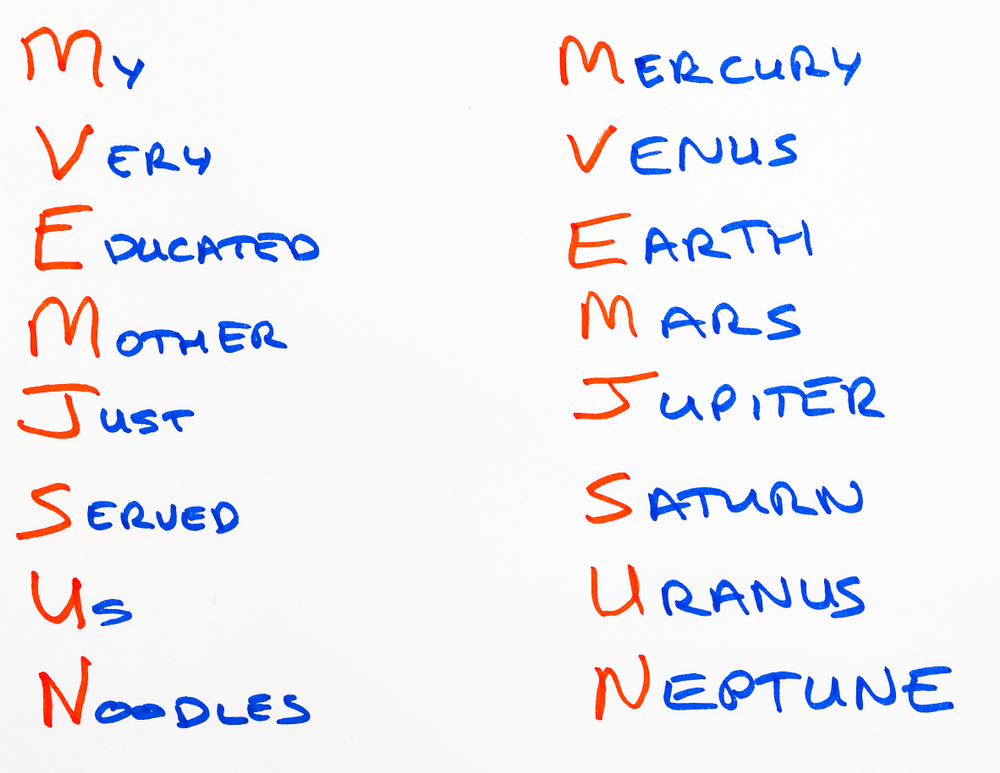
Connecting one concept to another
A human’s brain is filled with millions of little circuits, in which neurons are connected together, sending information from one neuron to the next. It only makes sense, then, that our brains are excellent at making connections when we think and process information. When it comes to memory, sometimes we can learn information more quickly if we associate the newly learned information with prior knowledge.
For example, if a student is learning Spanish, it may be difficult to remember random words and translations. Let’s take the Spanish word for sun, which is “Sol”. This might be easier to learn if we can mentally connect the Spanish word Sol with a similarly sounding word we already associate with the sun, such as the word “solar”. So, if we repeat the words “Sol, Solar, Sun”, we can make a connection between the new word, and what it means to us, since the sun is in our solar system. This shows how we can make a mental connection between one thing—such as a new word—to something we already know to memorize something new.
With so much information that children must absorb in their first few years of school; it can seem like an insurmountable task to learn it all! However, mnemonic strategies can boost your child’s learning to new heights, allowing them to swiftly memorize facts. Try the techniques listed above to sharpen your child’s skills across the curriculum and for years to come!



